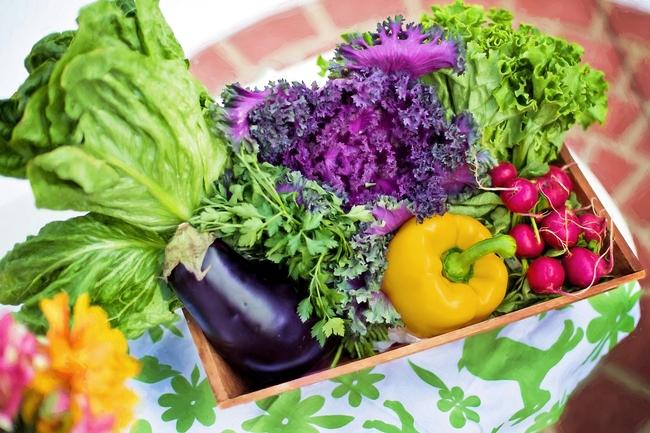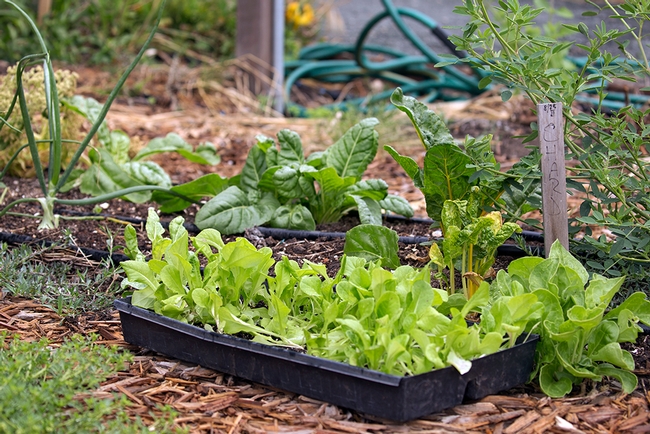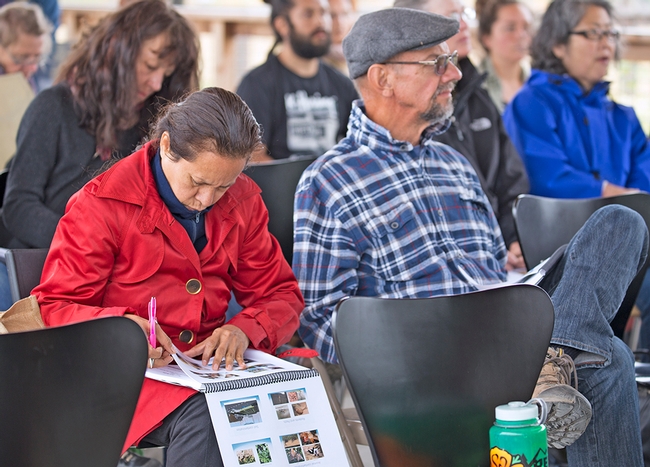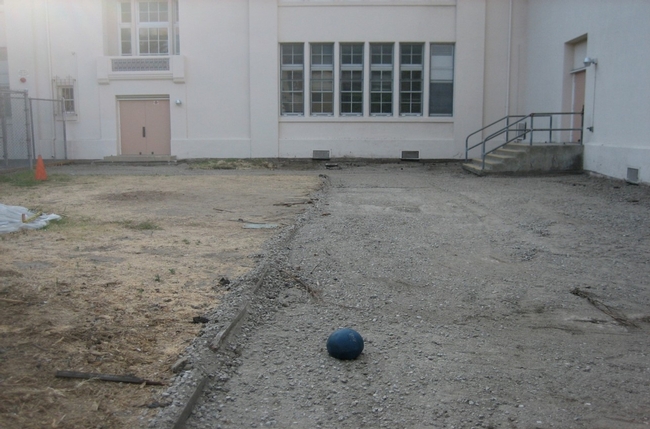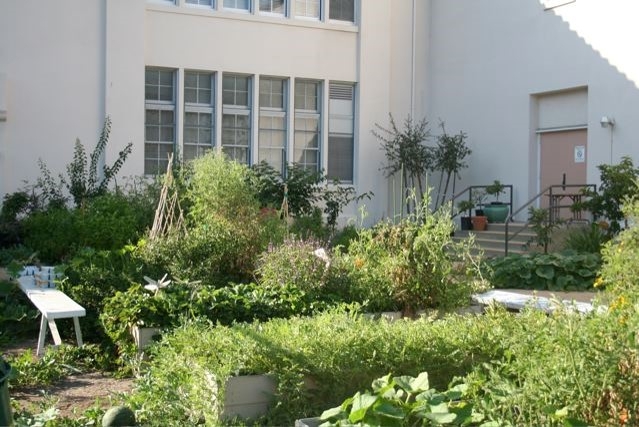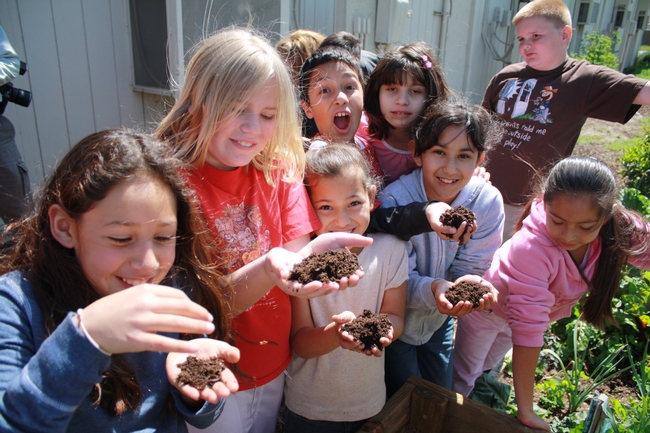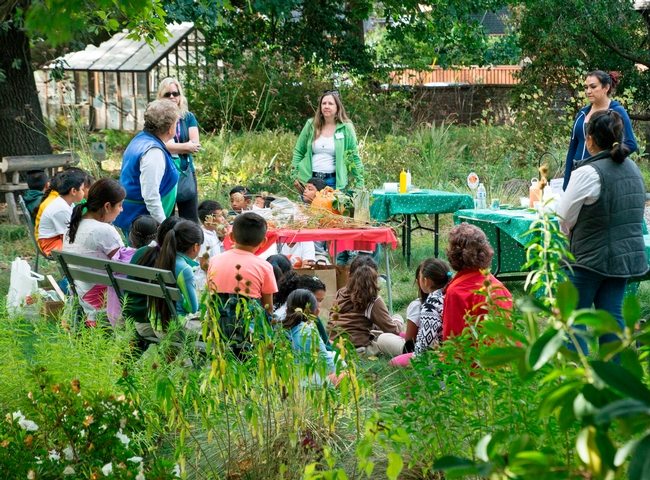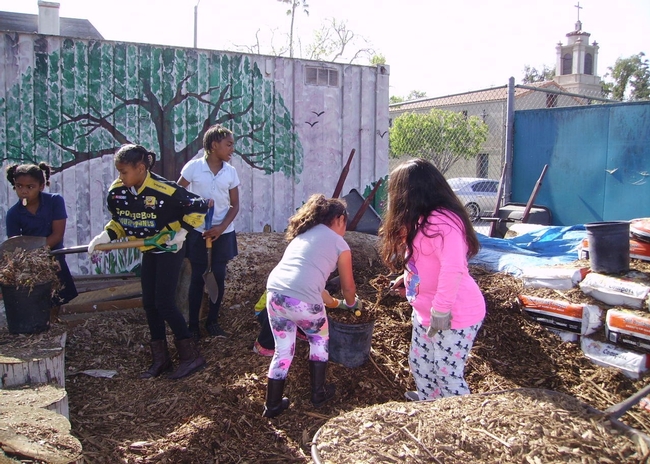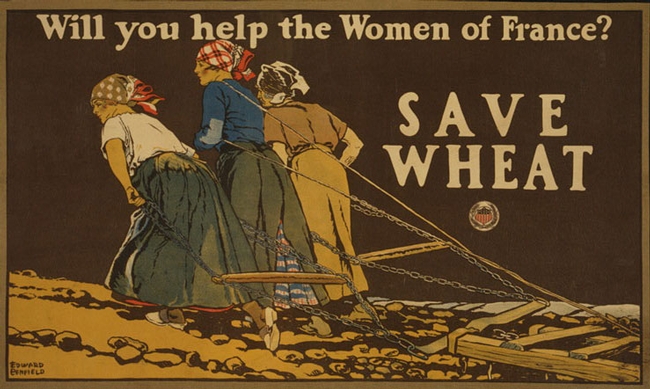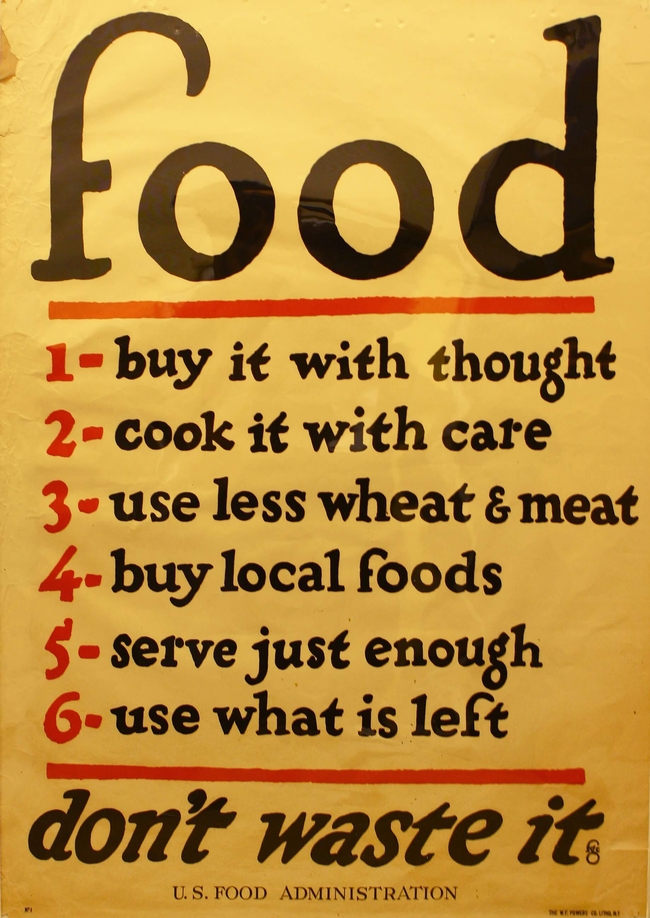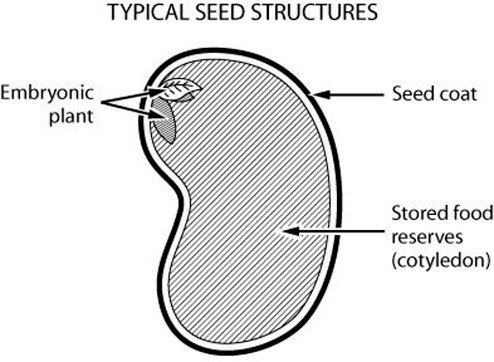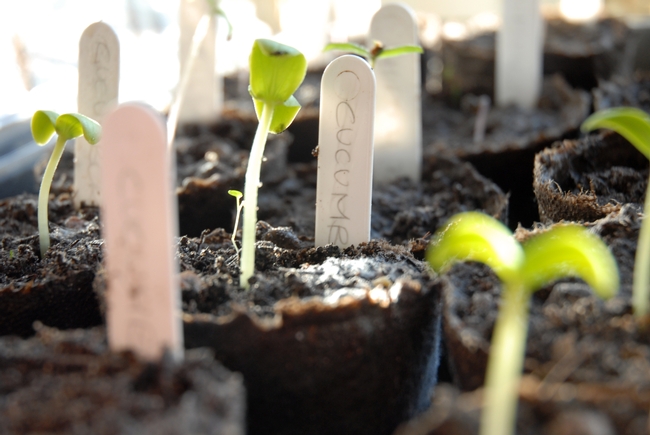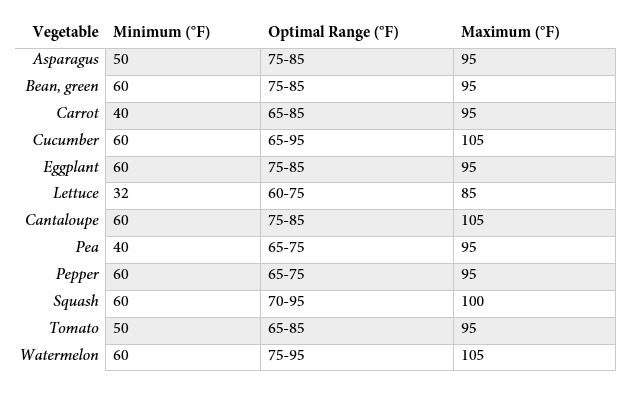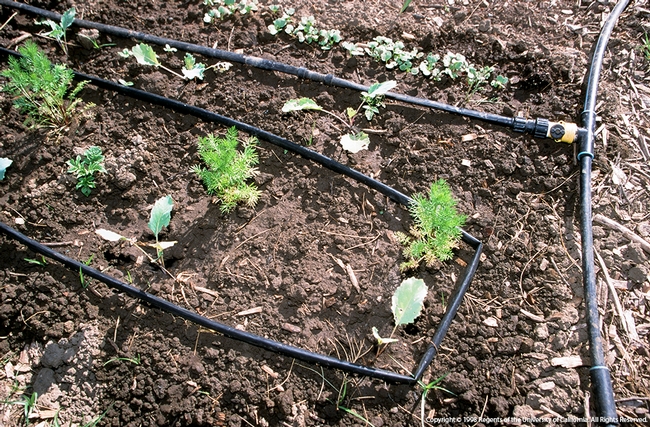Posts Tagged: Master Gardener
Grow it: Gardening tips and resources
Gardening is fun…and it's an important activity. What we grow in school, home and community gardens can improve our health, and the health of our families and communities. What we grow can increase the resiliency of food systems in our communities. And what we grow, ultimately, can connect us more closely with the earth that sustains us. There are valuable lessons in gardening…too many to list here.
Even if you live in a small apartment, you can grow food. If you have a yard, you can grow quite a lot of food. View the transformation of a front yard in an urban area…from lawn to lush, productive food garden in only 60 days. You'll love the progression photos, and the simple explanation about how the garden came together.
Need more inspiration? Roger Doiron, founder of SeedMoney, talks about his (subversive) garden plot in this remarkable TedX talk. Roger created and led the social media campaign that called for a garden at the White House. This campaign ultimately led First Lady Michelle Obama to plant a vegetable garden at the White House. (And it may have also inspired the People's Garden at the USDA, which broke ground on Abraham Lincoln's birthday 10 years ago. Lincoln referred to the USDA as the “People's Department,” so it makes sense that the USDA would refer to its garden as the “People's Garden.”)
Need practical advice? The UC Master Gardener program has more than 5,000 certified volunteers ready to assist if you live in California. UC has also created a California Garden Web portal that provides a treasure trove of gardening resources for all parts of the state. It's not too early to begin planning your Fall garden, and you'll find information about that, too.
If you're interested in school gardens, read this brief history, written by UC ANR's UC Food Observer.
Happy gardening!
Tips to prepare, plant, and grow a fall vegetable garden
The transition of fall is upon us and gardeners are busy tending to late summer harvests, pruning back perennials, prepping for slower plant growth and more. But fall doesn't have to be all about wrapping up the growing season. In fact, life is sprouting and new garden plants are growing with the promise of fall, winter and early spring harvests.
Are you looking to join the cool-season gardening craze? The UC Master Gardener Program has engaging workshops to inform and inspire this fall. Bay Area residents can check out Growing Garlic and Onions in San Jose or Top 10 Vegetables for your Winter Garden in Campbell, both hosted by the UC Master Gardener Program of Santa Clara County. Another great resource is Saving the Harvest, a gardening and preserving guide and 2019 calendar created by the UC Master Gardener and UC Master Food Preserver Programs in Sacramento County. Check out the local offerings in your area at UC Master Gardener Program events.
Wherever you are in your gardening journey, here is a checklist of September activities for your garden:
Early September
- Maintain your warm-season garden with regular checks and harvesting. Prune new growth, flowers and any small or very immature fruits from tomatoes, eggplants and peppers. This practice encourages the plants to put energy into ripening fruit that has already set.
- Harvest and store seeds for next year's warm-season garden. To save and use seeds in the future, make sure you have a dry, cool location for seed storage. Don't forget to label and organize seeds to make preparation and planting easier in the spring.
- Remove and compost plants that have reached the natural end of lives or fruitfulness.
- Enjoy regular harvest of late-season-bearing cane berries like raspberries and blackberries. Check vines regularly for ripe fruit and pick before the birds steal away the fruit.
- Check and harvest edible landscape plants as well. Pineapple guava, Acca sellowiana, is a fantastic landscape shrub that has the added bonus of producing a tropical fruit. When pineapple guava fruit fall to the ground they are ripe, collect the fruits and wash, slice and eat the white fruit on the inside (like you would eat a kiwi).
Late September
By the end of the month it's time to start planting a cool-season garden. Try radishes and lettuces for harvest in late fall. They mature quickly and pair beautifully with roasted vegetables, cheese and nuts for a harvest-themed dinner salad. Broccoli and cauliflower are a great addition to your garden for winter harvest. Try roasting or making a creamy soup for a warm dinner on a cold night. Finally, onions and shallots are a must for your cool-season garden. They are slower to mature and will be ready for harvest in early spring to brighten your dishes and usher in a change in the seasons.
- Plant radishes, turnips, beets, onions and kale from seed.
- Pick up vegetable starts for broccoli, cauliflower, cabbage and lettuces at your local garden center.
- Keep soil moist while young plants send roots out into your garden bed.
- Provide shade to cool-season vegetables if needed to protect them from hot afternoon sun.
Connect with us
The UC Master Gardener volunteers are eager to help with all of your gardening needs. The UC Master Gardener Program can work with teachers and community volunteers to provide gardening information and consultation in the support of school gardens. With local programs based in more than 50 counties across California, there is sure to be a workshop or class near you. Visit our website to find your local UC Master Gardener Program, mg.ucanr.edu.
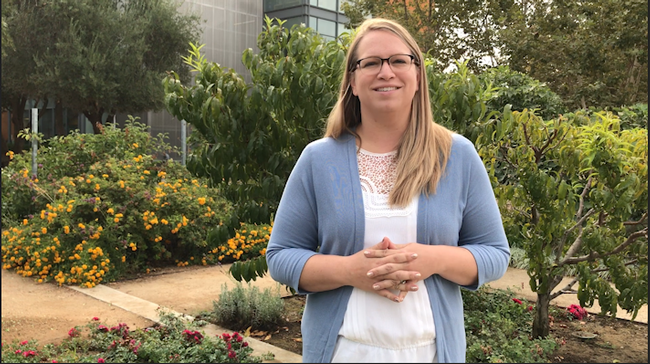
Missy Gable, Director of the UC Master Gardener Program shares tips for keeping a fall vegetable garden producing.
Go back-to-school with a garden
It's that time already when the kids start heading back to school and meals go back to a strict schedule. It can be easy to turn to take-out and other convenience foods to make meal times more manageable, especially during the rush of back-to-school. However, there's a long school year ahead and focusing on good habits now can set the tone for the next nine months. The old adage that “food is fuel” rings true - healthy choices help kids maintain a healthy weight, avoid health problems, manage energy levels, and sharpen their minds.
How can we reinforce healthy eating habits during the hustle and bustle of back-to-school?
School gardening offers children opportunities to get outdoors and exercise while teaching them a useful skill. Gardens containing fruits and vegetables can revise attitudes about particular foods; there is even a correlation between growing fruits and vegetables and consumption of these products. Gardens are likely to transform food attitudes and habits and in school gardens this can be especially impactful when combined with nutrition education.
In addition to health and nutrition benefits, gardening also offers hands-on experiences in a variety of core curriculum which includes natural and social sciences, language arts, nutrition and math. This can play a big part in supporting your kids' education outside of the classroom.
Benefits of school gardening:
- Physical health
- Social and emotional health
- Academic achievement
- School and community benefits
- Enhance nutritional preferences, and
- Increased self-esteem
Learn more with the UC Master Gardener Program
The UC Master Gardener Program is a community of volunteers across California, under the UC Division of Agriculture and Natural Resources, that extends research-based information on gardening to the public. If your school does not have a school garden program, contact the UC Master Gardener Program in your county to learn about the possibility of new school garden programming and other garden-education you and your children can participate in.
The UC Master Gardener Program can connect you with local community gardens, and or provide the information you need to get started with your own school or home garden. Many programs have relationships with local schools to support garden-based education.
“Dig it, Grow it, Eat it”
The UC Master Gardener Program in Marin County hosts a portable field trip for school-age youth called “Dig it, Grow it, Eat it.” This award-winning program emphasizes engagement and the many learning opportunities that take place in nature. Youth learn all about growing edible plants from seed to harvest and educators get the support of University-trained UC Master Gardener volunteers to deliver the curriculum.
Whether or not you already have a school garden program your family can engage in, reach out to the UC Master Gardener Program to get the help and information you need to inspire healthy eating and an active lifestyle in your children. Now is a great time to plan and plant your winter garden, just in time to get your kids back to school and excited to be learning … wherever that learning takes place!
The UC Master Gardener volunteers are eager to help with all of your gardening needs. The UC Master Gardener Program can work with teachers and community volunteers to provide gardening information and consultation in the support of school gardens. With local programs based in more than 50 counties across California, there is sure to be a workshop or class near you. Visit our website to find your local UC Master Gardener Program, mg.ucanr.edu.
Food waste is an ethical and environmental issue
Summer brings an abundance of luscious and healthy fruits and vegetables. It's easy to buy more than we can eat, which sometimes results in #foodwaste.
In a guest blog post for the UC Food Observer, UC researcher Wendi Gosliner (part of the team at UC ANR's Nutrition Policy Institute, a cutting-edge unit that's using research to transform public policy) shared this observation:
“Food waste presents a major challenge in the United States. Estimates suggest that up to 40% of the food produced nationally never gets consumed, causing substantial economic and environmental harms. Wasted food utilizes vast quantities of precious land, water and human resources, yet rather than nourishing people, it feeds landfills, producing methane gasses that poison the environment. Much of the food waste (43%) occurs at the household level."
What history can teach us
Here's my take on food waste. It goes back in part to lessons I've learned from studying World War I (WWI), when the American government set food conservation goals (along with goals for local food production via Liberty – later Victory – Gardens). I'm a big proponent of both reducing food waste and producing more food in communities via school, home and community gardens. Big point: the World War I poster included in this post has advice we'd be well served to heed today.
It's an iconic poster from World War 1. Food…don't waste it. The image is regularly shared on Twitter and Facebook.
Period piece or photoshopped image?
The original was produced in 1919 by the United States Food Administration, under the direction of the newly appointed food “czar” – Herbert Hoover.
The poster was reissued during World War II. It's been revised in recent years by individuals and organizations interested in encouraging an ethos incorporating local foods and sustainability.
While I'm the UC Food Observer, I also dabble in the history of wartime poster art. I'm often asked if this is a contemporary mock-up made to look and feel vintage.
It's not a mock-up. It's the real deal, produced 95 years ago, with messages we should embrace today.
The original poster: Yes: ‘buy local foods' is rule 4
The original poster has six rules that we'd be well served to follow today. The fourth rule – buy local foods – is somewhat of a surprise to people today, because the notion of buying local seems somewhat modern. But in WWI, the U.S. government encouraged the local production and consumption of food, in part, to free trains to more effectively ship troops and war matériel.
Tackling food waste through preservation: today's Master Food Preserver Program
Many land grant institutions, including the University of California, host master food preserver programs. These programs teach best practices on food safety and preservation to volunteers. The extensive training program prepares the volunteers to work in their community educating others on the safe practices of food preservation, including pickling, drying, freezing, canning and fruit preserves.
Thinking about gardening? Do we have resources for you!
The University of California sponsors the state's Master Gardener Program, which fields more than 5,000 volunteers in communities across the state. The Master Gardener Program is a national program, housed at the land grant institution in each state, but it's also connected to the USDA. Free gardening resources are available here. Advice to grow by…just ask.
Takeaway message?
Food waste is both an ethical and environmental issue. It should concern us that we waste nearly 40% of the food we produce and purchase in this food-abundant nation.
For an interesting comparative statistic, consider this: our nation produced about 40% of the fruits and vegetables we consumed on the American home front in World War II in school, home, community and workplace gardens. That was the result of the iconic Victory Garden program (which actually got its start in WW1).
Three messages then: participate in the national effort, commit to wasting less food, and if you can, produce some food of your own.
Notes: There are many additional resources about #foodwaste.
Connect: ReFED, a collaboration of nonprofit, government, business and foundation leaders, released a report in 2016 that identifies a number of potential solutions to the food waste challenge.
Read: Dana Gunders of the National Resource Defense Council authored a 2012 report called Wasted that sparked much of this work. Dana also authored a book called Waste Free Kitchen Handbook: A Guide to Eating Well and Saving Money by Wasting Less Food, both of which are great reads.
Read this piece about the relationships between food, farming and the environment (including food waste).
Eating what's on your plate is one of the best ways to tackle climate change. View this episode of Climate Lab, a six-part series produced by the University of California in partnership with Vox.
Start seedlings for your spring-summer vegetable garden
Get a jump start on your spring-summer vegetable garden. Start growing seedlings indoors now to have young plants ready to go into the ground when the weather warms and there is no longer a threat of frost. Growing vegetables from seeds is a passion for many avid gardeners, but even a novice gardener can have fun and success with a little planning and effort.
While growing vegetables from seed requires a little bit of extra work, germinating your own seeds gives you access to a wider variety of vegetables than typically available from a local nursery. Many gardeners love experimenting by growing exotic or unusual flavors, colors, size or texture of their favorite edible.
What you will need:
- Seeds
Growing healthy seedlings starts with healthy and high-quality seeds. Make sure to purchase seeds from a reputable supplier, and read the instructions and recommendations on the seed packets for specific planting instructions.
Keep in mind that if you save seeds from your own garden, the plants they produce in the future may not be identical to their parents because they are a result of random open pollination. When saving your own seeds, clean and dry them and then place them in a container that will keep them dry. Store seeds in a cool location. - Germination mix
To start your seeds off right do not use garden soil or potting mix. Potting or garden soil it is too heavy, not sterile and does not drain well. It is recommended to use a germination mix that is a combination of one-third sterilized sand, one-third vermiculite and one-third peat moss which allows for air to circulate and is able to hold moisture, but still drains well. - Container
There are a variety of container options available for purchase, including flats or trays with dividers, or you can use small individual clay or plastic pots. It is also possible to use recycled items found around the house, like milk cartons, toilet or paper towel rolls, and plastic containers from yogurt to name a few. It is important to wash all containers thoroughly and soak and rinse in a solution of 1 part chlorine bleach to 9 parts water, to help prevent diseases from occurring to your delicate seedlings.
- Light source
Edible plant seedlings typically need a bright light source to develop into healthy plants. Oftentimes, indoor seed germination requires more lighting than what is available from a large window. When more light is needed, suspend fluorescent lights 6 to 12 inches above the seeds for approximately 16 hours per day. After the seeds have germinated, move the seedlings to a cool, south facing window with plenty of natural light. Check seed packets for specific germination tips for individual species. - Heat source
Most seeds have a minimum and maximum optimal temperature at which they germinate, check seed packets or catalog for recommended germination temperatures. Temperature is extremely important in having the highest germination success (see table). Most edible plants germinate faster in warm soil (75°-85°F), to provide a consistent heat source a heating mat can be used. Once seeds have sprouted the seedlings prefer slightly cooler temperatures so a heating mat is no longer needed.
Soil temperature conditions for vegetable seed germination, from the California Master Gardener Handbook (table 5.2):
- Water
Germination begins with the seed absorbing water. An adequate, continuous supply of water is needed to ensure successful germination. Once the germination process has begun try and avoid any dry or overly wet periods that may cause the young seedling to die.
After experiencing the wonder of watching a seed turn into a mature seedling it is time to transplant. To transplant, carefully dig out and lift the small plant out of its container. Prepare its new desired location by making a hole the same size and depth as where the seedling was growing, once placed firm the soil and gently water. When possible keep the newly transplanted seedling out of direct sun and heat for a few days.
Learn more with the UC Master Gardener Program
Interested in learning more about how to start seedlings or how to grow an edible garden? The UC Master Gardener Program has University-trained volunteers who are eager to help. Volunteers are available to answer questions about preparing your soil, fertilizing, mulching and more. With local programs based in more than 50 counties across California there is sure to be a workshop or class near you. Visit our website to find your local UC Master Gardener Program, mg.ucanr.edu.
Resources:
California Master Gardener Handbook, Plant Propagation, page 112-118, anrcatalog.ucanr.edu
California Gardening Web, Vegetables & Sustainable, How do I start seeds indoors?


